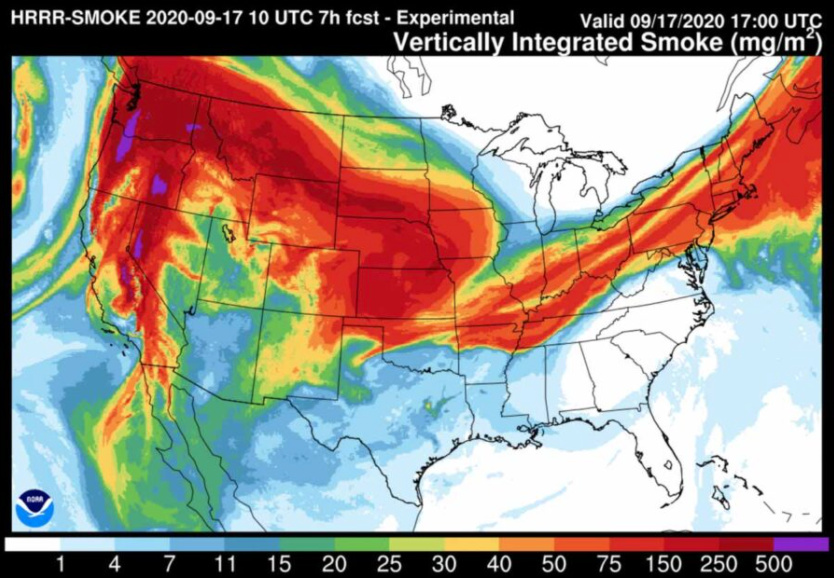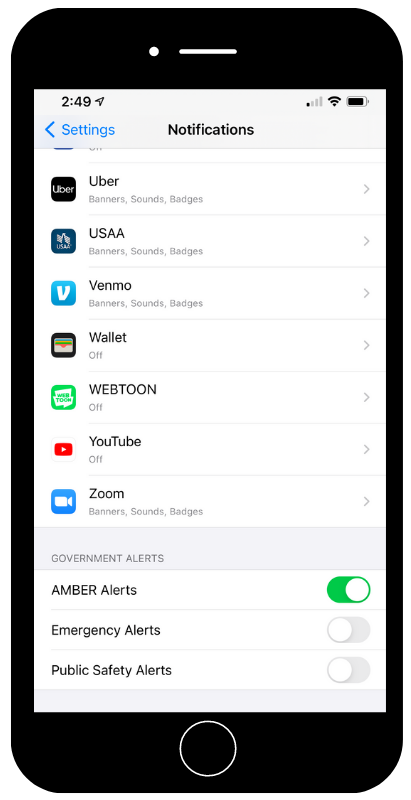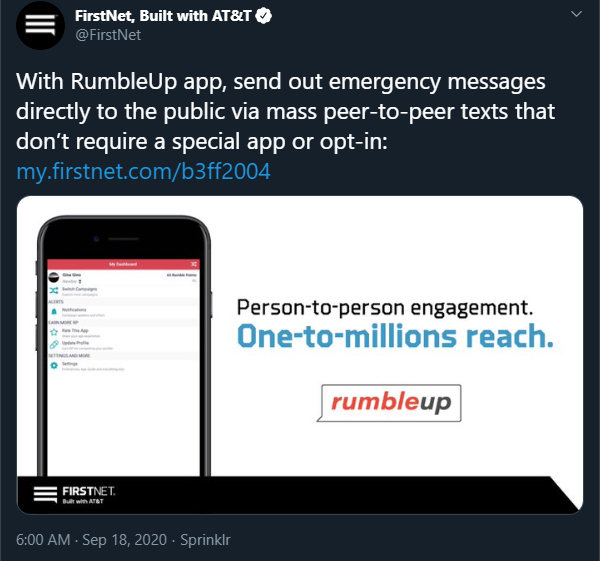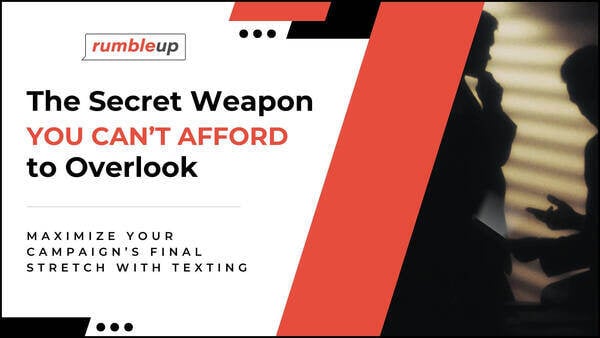Life-Threatening Fires: Why Not Warn Citizens with a Text?

The Western wildfires took many by surprise, forcing them to evacuate haphazardly, if they could at all. In the future, we should be texting them.
The west coast is no stranger to wildfires. Since the 2000s, the United States has had an average of 71,300 fires per year, which is approximately 6.8 million acres burned, with western states facing the largest and most damaging fires.
The current fires demonstrate that trend with a distressingly high magnitude — approximately 5.5 million acres in California, Oregon, and Washington alone have burned so far. The smoke from the fires is so extensive that it spanned the length of our pacific border and has even traveled to Northern Europe.
With so much damage, it’s no surprise that tens of thousands of people have evacuated their homes as the fires spread. While some residents have been fortunate enough to have been given ample time to pack their belongings and leave with time to spare, others have not been so lucky.
Winds speeds of 15–30mph with 50mph gusts were reported to have pushed wildfires to spread at alarming rates, changing evacuation status levels faster than residents and first responders could anticipate.
Due to these dangerous conditions, there have been reports of many people escaping from the fires at the last second because they were not warned in time, and some were not warned at all. Former firefighter Dan Lemke commented in response to the lack of warning that “I know from experience — I was a firefighter for 20 years — when you have a chaotic situation like this, communications are always a problem.”
A Mill City, Oregon resident experienced this communication problem first hand. He was awakened by a call from his friend at 1:30am telling him to evacuate ASAP. “I looked out the door, saw the orange glow on the horizon, and we got out of there,” he said. “As I was loading my car, the Sheriff was knocking on doors telling people to get out, but the horse was kind of out of the barn at that point.”
One of the biggest issues with communication during this crisis was the misunderstanding surrounding emergency alert systems. People assumed that they would automatically receive emergency alerts regarding the approaching fires, similar to Amber Alerts. However, many alert systems require users to physically sign up or opt-in. For example, smartphones require users to opt-in to receive emergency alerts from their settings.

This is a problem that can be avoided using peer-to-peer (P2P) texting with RumbleUp. Messages sent with a non-auto dialing system do not require a special app to be received. Messages are sent straight to the receiver’s phone like any normal text message, and recipients can easily opt-out if they don’t want to receive such alerts.
Unlike normal emergency alert systems which are usually limited to one-way, RumbleUp enables two-way communication so people can respond with simple, urgent questions and get answers back in real-time. This is a vital feature to have available during emergencies which can be utilized by first responders to help quickly provide people with disaster relief resources and save lives.
We have seen first hand how effective this type of two-way P2P texting can be in a disaster. During Hurricane Micheal, RumbleUp worked with a Florida state party to get in contact with hurricane victims to make sure they were safe, ask if they needed assistance, and provide them with recovery resources (FEMA contact info, disaster aid links, insurance help, etc.). Once a volunteer confirmed they were safe and had the resources they needed, they followed up and assisted people in casting their ballots for the 2018 midterms that were happening during this time. Most of the people our client reached out to had been displaced and their polling location had been destroyed so they did not know where they could go to vote.
Due in part to our client’s active involvement in assisting during this disaster and our commitment to public safety, RumbleUp is now a FirstNet Verified and available in the App Catalog for Firstnet®.

FirstNet® is a telecommunications network made for public safety by public safety stakeholders, and its mission is “to deploy, operate, maintain, and improve the first high-speed, nationwide wireless broadband network dedicated to public safety.” Built with AT&T, in public-private partnership with the First Responder Network Authority, FirstNet® is bringing public safety a much-needed technology upgrade to help them connect to the critical information they need — every day and in every emergency.
Many people who evacuated this hurricane and these recent fires escaped with only their loved ones, the clothes on their backs, and their phones. The impact P2P texting had during Hurricane Michael was substantial because we reached people on the single line of communication they had left, and the same assistance could have been extended to residents in the path of the fires had a P2P texting service like RumbleUp been utilized.
Over 90% of text messages are read within the first 5 minutes of being sent, and the average response time of a recipient is just 90 seconds. The scalability of P2P is unbeatable with a single person able to have conversations with 500–5,000 people per hour, making outreach possible no matter the size of your volunteer force.
Bottom line:
At RumbleUp, our goal is to equip first responders with the communication channel that people see and respond to the fastest— texting.
The future of first response communication is here, and it is ready to be put in to service. Traditional systems for emergency alerts have proven themselves to have real limitations, and our hardworking first responder heroes deserve the best technology available to aid their efforts in saving lives.
To learn more about our services and how they can be used in your emergency response organization, visit rumbleup.com, or contact us at sales@rumbleup.com for more information on how to get started.


